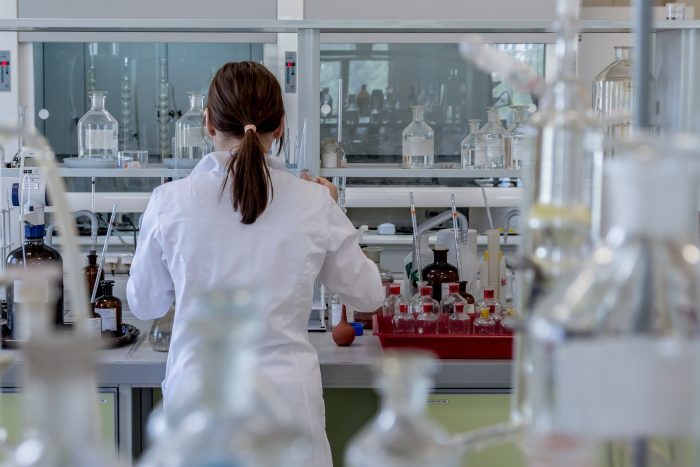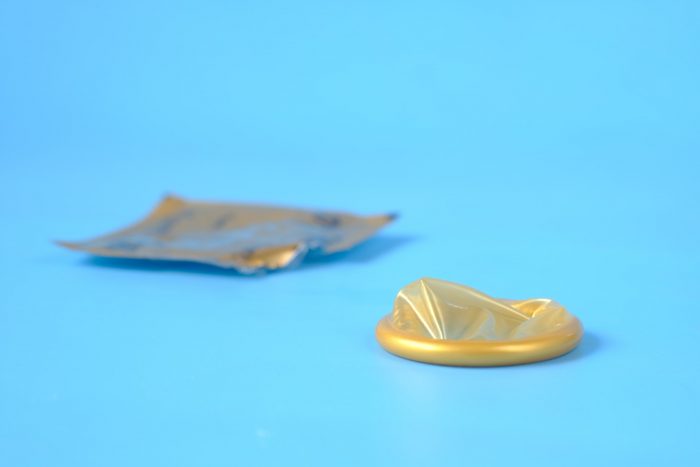
If you have symptoms of sexually transmitted diseases, STI tests can help you determine whether you have an infection or not. If you have a long-term monogamous relationship, you may not need to get tested regularly. But if you have multiple partners, you may want to check your health regularly, to ensure that you are healthy.

What Are STI Tests?
STI tests are used to verify and diagnose sexually transmitted infections. STI tests can be done in various ways via urine, swabs, and blood. A swab is used to collect a small sample of fluid. This fluid is then sent to a laboratory for testing. The results of an STI test will be reported to the Public Health Unit in your area. If you have any of these symptoms, you should contact the clinic and have your test done.
Different STIs require different kinds of sexual health tests. A physical examination may also be needed to determine whether you have an STI. In some cases, the test will be free. If you’re worried and have severe symptoms, you should contact your doctor. They will be able to tell you more about your condition and what test to take.
STI tests are done to determine whether you have an STI. The bacteria in a herpes swab may not be visible to the naked eye, but they can be detected under a microscope. After the sample is swabbed, it’s put into a special pot containing a substance that allows the bacteria to grow. After a few weeks, it is checked to see if the bacteria are present.
A swab is an important STI test. These tests can be done for several reasons. If you have a history of STIs, you can have a positive result after undergoing a blood test for chlamydia. If you don’t have symptoms, your doctor may suggest a different type of test. In addition to a swab, a doctor can use urine or blood for testing a specific STI.

It is common to acquire a sexually transmitted disease, but it can be dangerous for your sex partner if it remains undiagnosed. In addition, it is evident that these pathogens are highly contagious and transfer from one person to another person quickly.
If you are in a state of ambiguity, whether you have acquired the infection or not? You must go for a sexual health checkup. The clouds of confusion will only disperse when the reports declare you either positive or negative.
But how do you know which sexual health test will be suitable for detecting disease? This post will guide you about different STI tests and why it is necessary to screen yourself.
What are The Prevailing STIs?
Pathogenic micro-organisms cause every disease. However, in some cases, there are chances of secondary infection, which complicates the treatment of the illness.
The first thing on visiting a doctor or sexual health clinic is to ask about the signs and symptoms. You need to describe your feelings like pain in the urogenital tract, discomfort, frequent urination, blood discharge, or any other point related to sexual organs.
After assessment and physical examination, the doctor prescribes a sexual health test to diagnose the disease accurately.
For most sexual health tests, performing the sample collection is not very difficult and therefore can be done at home. Following are the commonly prevailing STIs with their respective ways of testing.
AIDS
HIV causes acquired immune deficiency syndrome. It is the biggest threat to couples who want to enjoy a sex life without protection. The symptoms of this disease are like the common cold at the initial stage. A blood sample is required to perform a sexual health test to detect AIDS. But one must be trained enough in phlebotomy to take blood out of veins.

HPV
The human papillomavirus can grow at multiple sites like the mouth, inside the penis, or vagina, leading to the formation of warts. For the diagnosis of this disease, surface swabbing is the best way. No expertise is required.
Gonorrhoea:
Gonorrhoea is a bacterial disease leading to the inflammation of testicles in males and causes the discharge of mucoid fluid in females from the vagina. It can transfer from mother to baby, which is the most concerning and dangerous characteristic. The swab is used to test for gonorrhoea and chlamydia. A swab is a test that uses a tiny sample of fluid from a person’s body.
HSV-2:
Lesions are the pathognomonic symptoms of Herpes Simplex Virus Type-2. The sores may be present on lips, around or on the penis or vagina. Hence the swab sample of the lesions is suitable for diagnosing the disease.

Conclusion
Symptoms and severities of sexually transmitted infections vary greatly, and treatment options are different for each disease. Sexual clinics offer testing, treatment, and counselling for all ages. Parents are encouraged to have conversations with their children about sexual health before they become teenagers. Moreover, a rapid diagnostic kit is available for almost every sexual health test so that you can complete the test at home.
A timely diagnosis will keep you, your partner, and your entire family safe from infections. Furthermore, with the appropriate treatment, you will be able to enjoy your normal sex life.

Sophie covers topics related to cosmetic procedures, skincare routines, and overall health, promoting informed choices.
